Street Smarts: How a Savvy Shooter Uses Social Media To Promote His Photography
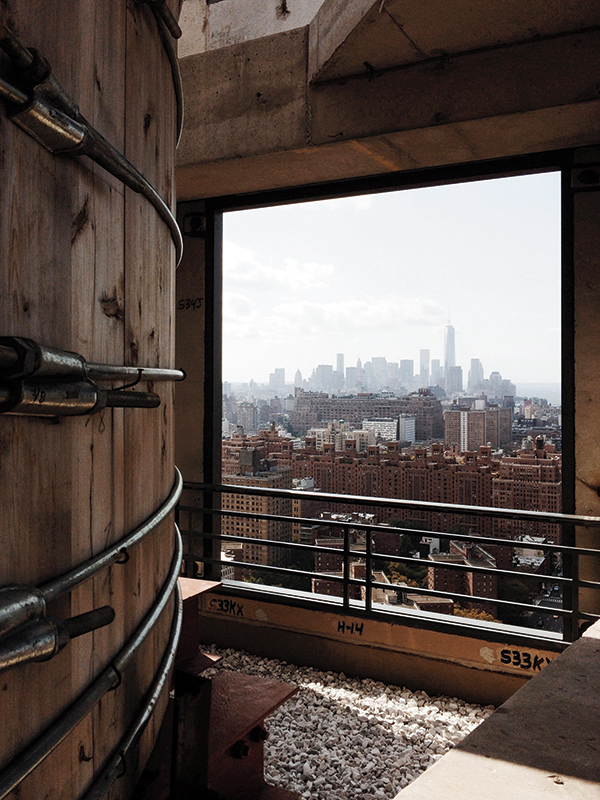
All Photos © Timothy Schenck
Not long ago I caught up with Timothy Schenck, a New York-based professional photographer who specializes in the architectural stories of projects he considers will someday have historical and lasting cultural significance.
Along with media about his inclusion in a couple of Whitney Museum of American Art projects and his ongoing documentation of the city’s High Line park, was a promo for Getting the Shot, a one-day workshop he was conducting for the Municipal Art Society of New York. “Grab your iPhone, your SLR, your point-and-shoot…” the copy said.
I thought, Tim teaching iPhone photography? This required investigation.
“I find the phone very useful as a visual notebook for things happening at the speed of the city; things I might want to revisit,” Schenck says. “It’s a scouting tool when I don’t have the DSLR. I’ll take some pre-shots of what I want to get with the big camera.”
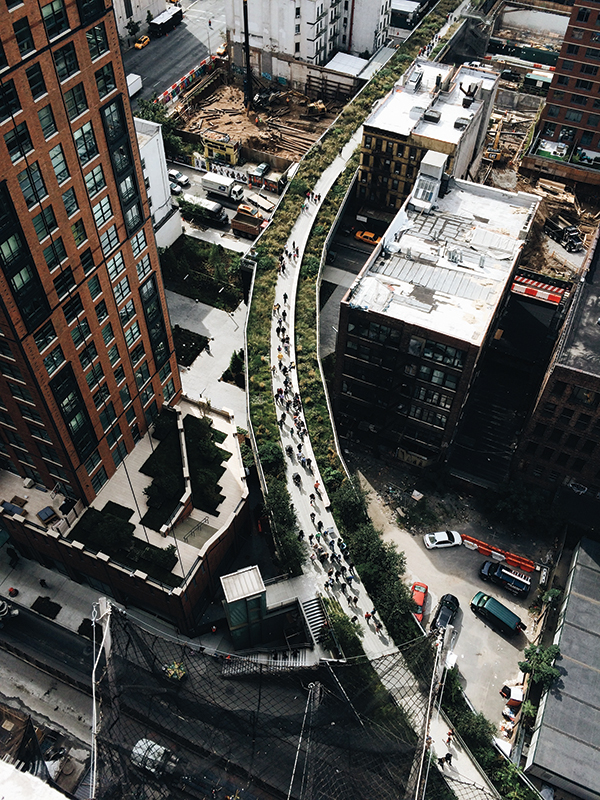
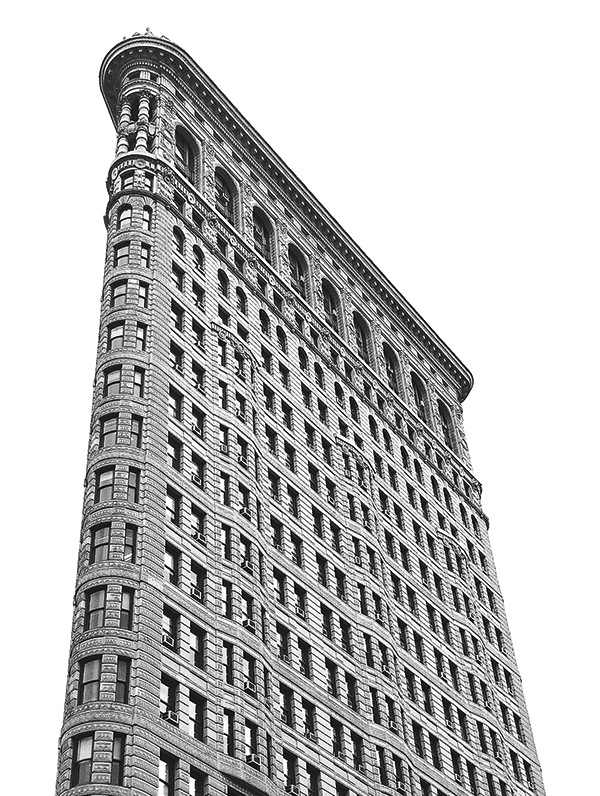
He also uses the phone for behind-the-scenes shots. “A few weeks ago I was shooting a house for an architect. I set up my camera for a shot of a trellis the architect had designed, leading to the front door. It was the blue hour, the house was lit up, and I took a step back from the camera and tripod and shot the setup with the iPhone. I sent the iPhone photo right then to the architecture team, which wasn’t on the shoot, so they could get excited about what we were doing and how great it looked. Sometimes I’ll do that with the playback photo on the LCD, or I’ll put the camera on Live View. People can get a sense of the scene and what the shot is going to look like. I’m giving them a teaser without sending the actual image. It gives them a sense of anticipation.”
And then there’s keeping up with the industry. “I’m posting to Instagram and Flickr, but mostly Instagram because it lends itself to phone photos. I was shooting the construction of the Whitney Museum from the top of a building, and the skyline was amazing. I shot that and posted it, and it establishes a presence for me, gives people a sense of, Oh, look what he’s working on.”
He isn’t on a hunt for followers. “What I’m looking for is to connect with like-minded individuals in the industry I work in, other artists I respect, publishers, and architects. I’ve chosen to follow those people; then a lot of them see what I’m doing and follow me. It’s a laid-back way to market without hard selling, a way of sharing what you’re up to in a casual way.”
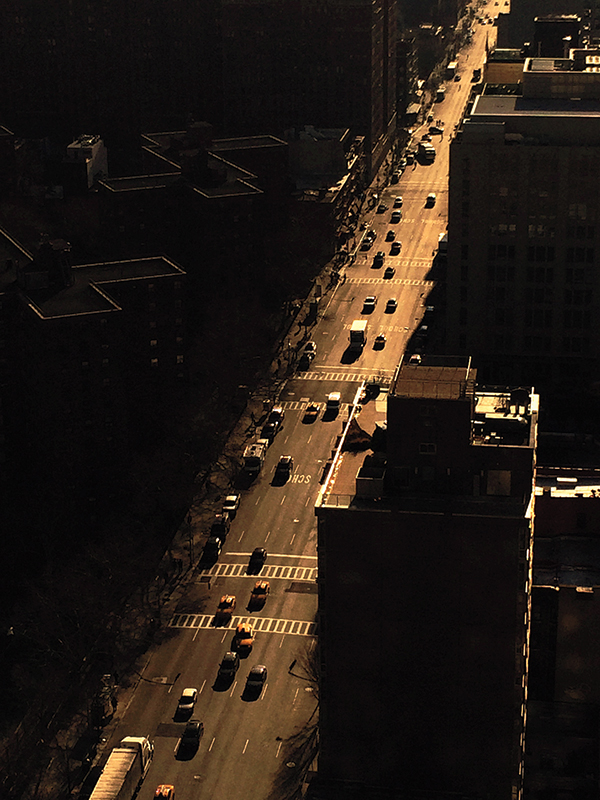
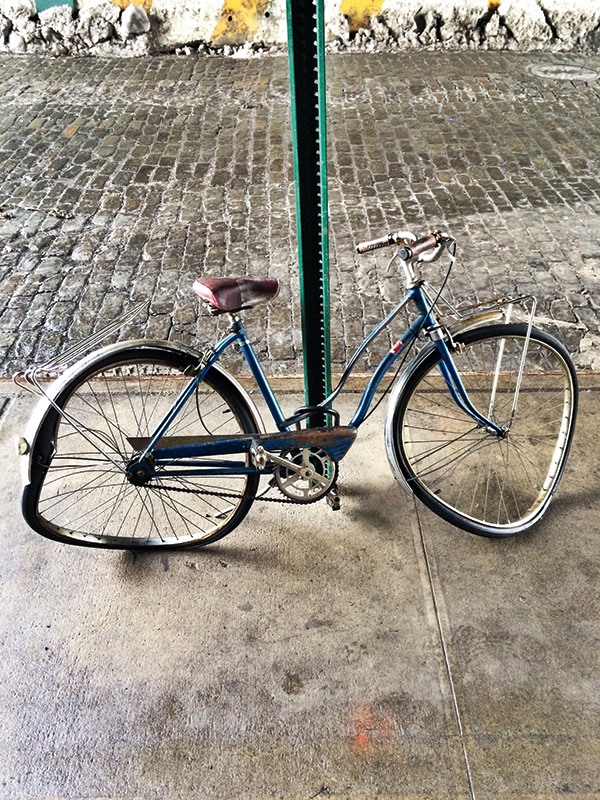
Discovered Online
There’s a good reason for Schenck’s belief in the importance of sharing images. His career story is a right-place, right-time tale, with the right place being social media. The right time was some years ago when a camera company was searching the web for talented enthusiasts to use a new camera they were going to market to talented enthusiasts. Many suitable candidates were found; Schenck, a structural engineer, was one of four ultimately selected for the company’s advertising campaign.
“I had a whole other life path mapped out when that happened,” he says. “Photography was becoming a hobby for me at that time, but the camera company gig put things on a rocket.” He began to take the hobby more seriously, and before long it became his career.
Stick With The Basics
So what did he tell the Getting the Shot participants who arrived at the workshop with iPhones?
“The first thing was to know the limitations of what they’re working with,” Schenck says, “and to work within those borders. My take is that the iPhone camera is great in bright, sunny conditions, not so great when things start to get dark. Also shooting into direct light can be tricky, so know what to avoid.”
Good things to do included turning on the camera’s grid to keep lines lined up and to help with the rule of thirds. “It’s a pretty basic camera until the apps come into play, so I told them to keep the tips and techniques to the basics. Then I gave them some real-world things to think about, like take the time to step out of whatever hurry you’re in, whatever your career or your problems might be, and just be a photographer, an artist, for the time you’re taking pictures. Have the mindfulness of a photographer, and think only of getting that one shot; that’ll help you immensely. The photo isn’t something you pass by and grab; it’s something you really concentrate on and take care with.”
He also told them to take pictures from other than their initial positions. “Move around, try to find higher or lower perspectives. I like to find perspectives that leave people asking, ‘How did you get that shot? Where did you shoot from?’
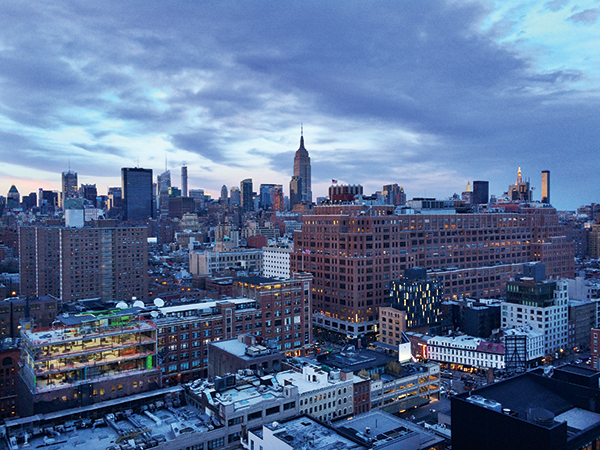

“I took the participants to Grand Central and suggested they go up on the Apple Store balcony and shoot straight down to get patterns of light and shadow cast by the sun and people passing by. I told them to look for different angles, different kinds of shots, so they could say, ‘I really put a lot of myself into these shots; not only what I saw, but what I thought of.’”
For Schenck, the iPhone also lends itself to different kinds of shots than those he might take with his DSLR. “It’s a different camera,” he says, “but with it I can stretch my creative muscles without having to carry another camera, and I can instantly get the results out there into the world.”
Because as Timothy Schenck learned, you never know who’s out there looking.
Check out Timothy Schenck’s images and activities at his website, timothyschenck.com. His iPhone Instagram posts are at instagram.com/timothyschenck.
- Log in or register to post comments








































